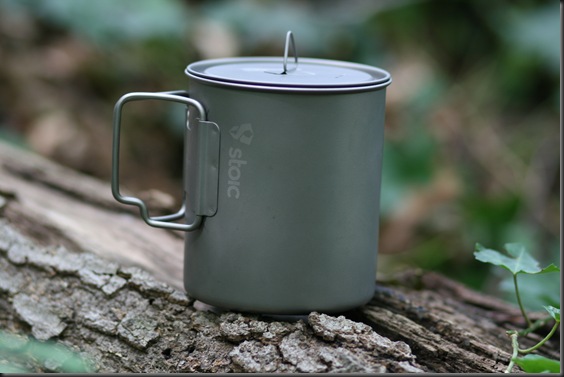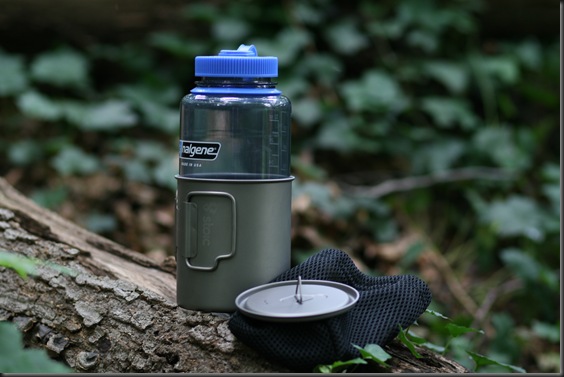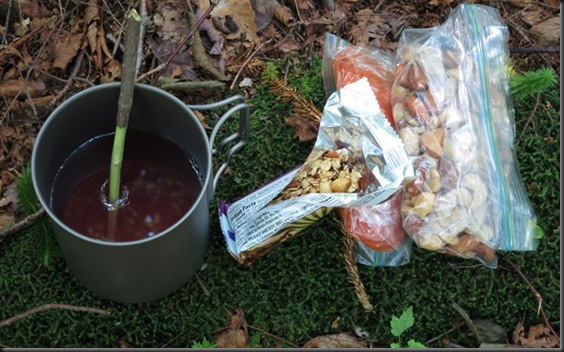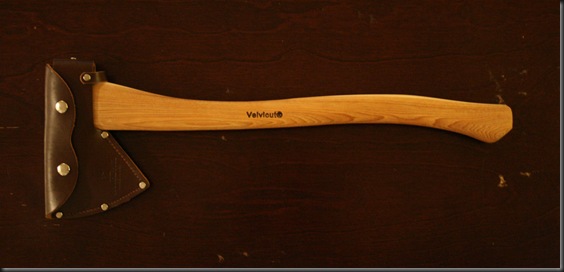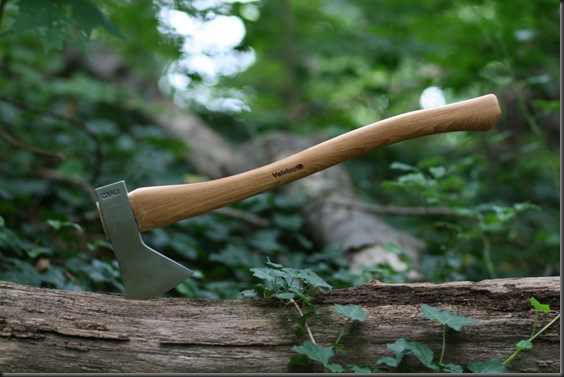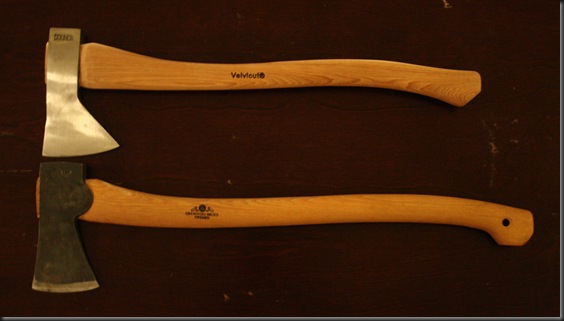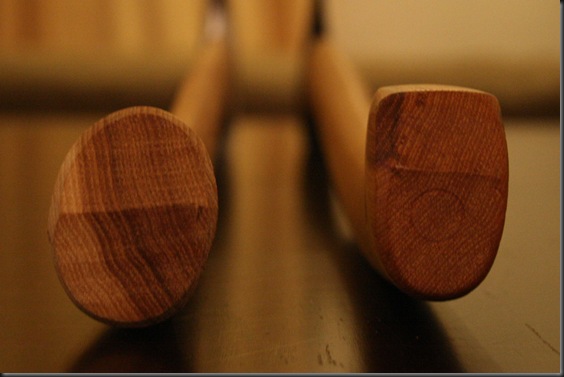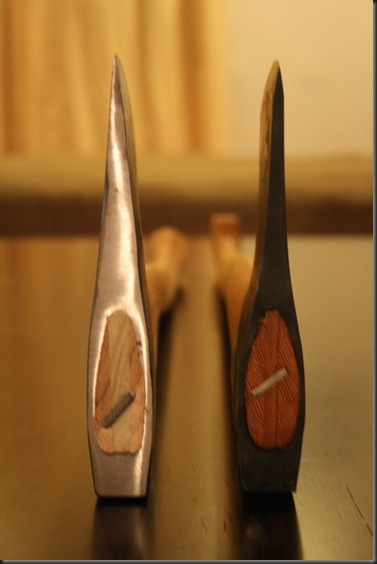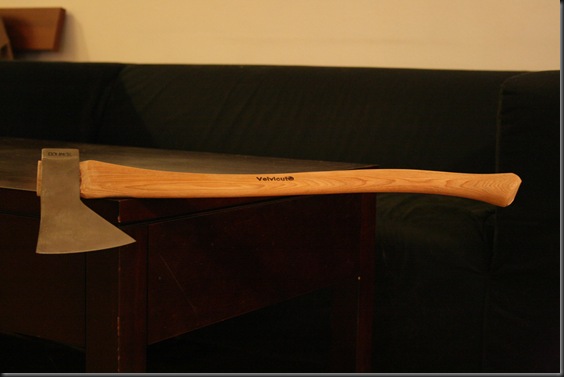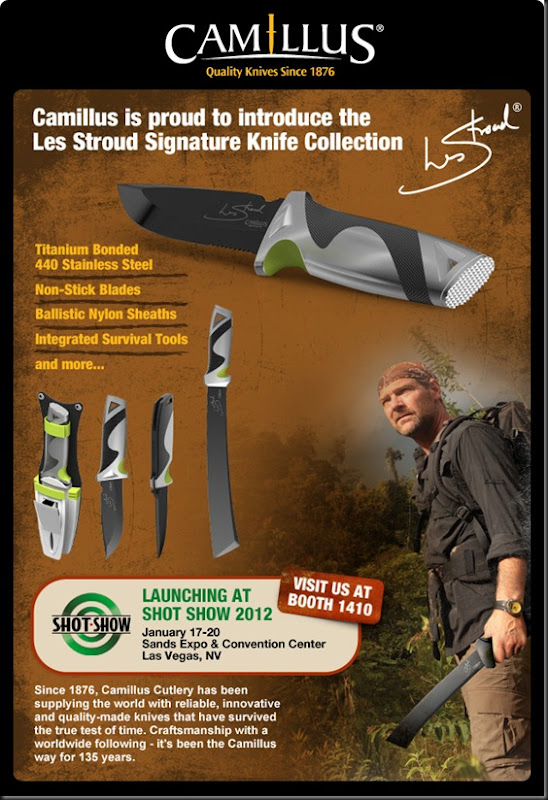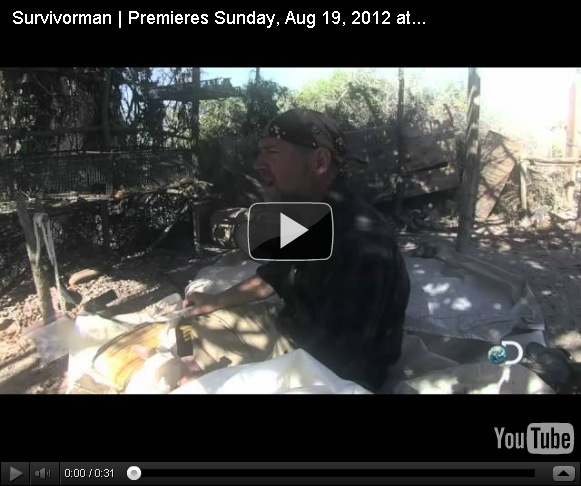Recently there was a thread on Bushcraft UK regarding the existence of bushcraft fashion. The question was whether there is in fact such a thing, or whether this look we see in bushcraft circles is just the result of practical choices, streamlined by limited availability of clothing options. I thought it was a very interesting question, so I figured I would write a note about it.

I think the answer will come down to which bushcraft circles you associate with. There are different communities within bushcraft. Some are separated by geographical location, others by the approach to bushcraft people take. Here are three generic groups that I have noticed:
The first is the “naturalist” group. If this is you, you probably take the approach that you will more or less only wear natural materials. Your insulation is wool, your waterproofing is oiled canvas, your hat is leather, the pack is canvas and leather with a design from a century ago. You work very hard to make sure you look like you don’t care about your appearance and the choice of “traditional” materials over technology is usually defended in these group with a near religious zealotry. In short, you are a bushcraft hipster. Even within this group, there are differences based on geography. For example, in the UK ventille (tightly woven cotton) has become a hugely popular item for rain wear. In the US however, this material has not caught on. I believe the difference comes from the fact that the TV personality that popularized the material in the UK is not aired in the US.
The second is the “military surplus” group. If you fall in this category, odds are most of your clothing is from an army surplus store, or a modern manufacturer that produces military type gear. There are MOLLE and ALICE attachment points on your clothing and pack. Military camouflage is prevalent, but olive drab and civilian hunting pattern camouflage is also used. Gear is carried in army surplus packs or in more modern version made by companies like Maxpedition. Gear in this category may all look the same, but it can range from very cheap to extremely expensive.
The third is the “technology” group. If that is you, your gear comes from modern backpacking stores like REI and EMS, or from custom manufacturers. Your gear is at the cutting edge of performance, and next month when the new thing comes out, you will be all over it. Civilian colors are prominent with this look. Primaloft insulation and Goretex/eVent/Neoshell rain wear are common. Backpacks are of modern designs whether they be with intricate suspension systems and numerous features, or basic lightweight models made from cutting edge materials like cuben fiber.
Now, of course, some of these groups look at the other ones and say “this is not bushcraft”. Who you chose to disqualify from “bushcraft” I leave up to you. Call it whatever you want, but the reality is that the above “looks” are a very real thing in the larger bushcraft community, regardless of what any particular subgroup has chosen as the “one true path”.
So, is there bushcraft fashion, or is the look determined by practical choices constrained by limited availability? I think the answer depends on which one of the above groups you fall into.
If we look at bushcraft broadly, then there is a huge range of very practical choices that are readily available on the market. If you are looking for a waterproof jacket, the choices are endless. I know, I know, bushcraft is special, and requires special waterproof jacket. No it’s not, and no it doesn't. The fact that people do bushcraft in everything from oil cloth to eVent should be a clear indication of that. People have gone to the South Pole and Everest with everything from wool clothing to ultra modern insulation suits. I think we can manage to carve a spoon in the local park with any of those options. Now, of course, if you want to look like an 18th century trapper, your options will be limited. However, at that point I think the fashion choice has already been made.
So, let’s look at each of the above groups, and see with respect to each whether there is a fashion, or whether practicality rules.
The “naturalist” group: In my opinion, this look is very much governed by fashion. Fashion of course doesn’t have to be a bad thing. The clothing may have been chosen for very valid reasons such as historical recreation or research. However, the insistence on natural materials, or particular period materials moves this look into the realm of fashion. Practicality takes a back seat to looking the “right way”. Many equally or more practical options are disregarded because they do not conform to the look. Even more so, this vary “basic” and “simple” look tends to cost more than the highest tech products out there. Now, once a person has chosen this particular style, the availability of clothing options is limited. There are very few manufacturers that will make you look like Nessmuk or your favorite 19th century explorer. However, the need to limit ones self to these clothing options is a fashion choice, not a practical one.
The “military surplus” group: Here I think the issue is a little more tricky. There are certainly people in this group that are guided by fashion. They go out of their way to look like a special forces operator. The look here matters much more than the practicality. There is little practical about getting a 35L Maxpedition pack and then strapping half of your gear to the outside of the pack, but as long as it makes you look like you can kill a man with your thumb, then it is good to go. On the other hand however, you have a lot of people in this group that fall within this look for very practical reasons, i.e. cost. Army surplus gear can be obtained very cheaply, so while it may not be the best choice for the task, the low price makes it a very practical option. You’ll have to look more closely at the individual to see whether their choices are governed by fashion or simply getting the best value for the dollar.
The “technology” group: From what I have seen, people in this group are very much governed by practicality, perhaps too much so. A lot of the clothing tends to look similar because it is developed with the same practical purpose in mind, but at some point the added “practicality” becomes meaningless. Improvements tend to be sought after to a degree that stops being practical. Spending another $300 on a new jacket just to save another half an ounce starts to border on fashion disguised as practicality. All that being said however, at leas the intent of this group seems more grounded in practicality than fashion. Of course, even here there are people who stick to the lower cost options, and fall within this look simply because they have tried to strike a balance between utility and cost.
So, is there such a thing as bushcraft fashion. Of course there is. In many bushcraft circles, people look right down like clones, even though there is a staggering amount of appropriate and practical clothing options available on the market. For most people in the community practicality is fairly low on the list of priorities; certainly much further down than “looking like a woodsman”. In many cases the clothing choices made go so far in lack of practicality as to render a person incapable of moving any significant distance on foot. What exactly the specific bushcraft fashion is will vary depending on your local group.
Why does fashion tend to rule over practicality? Well, for starters it seems to be human nature. Looking the part is often more important than performing the role. Even more so however, in many bushcraft circles, so little gets done as far as practical tasks, that the practicality of the clothing is just not a major consideration. How are you going to carry around a 15 lb wool coat and a 10 lb oiled canvas poncho? It doesn’t matter when the bushcraft meeting/barbeque takes place 10 ft from the parking lot.
Look, we are all free to wear whatever we want. After all, this is a hobby. If we want to wear particular clothing because we think it makes us look good, or because it reminds us of our favorite woodsman, there is nothing wrong with that. What is wrong however, is trying to then justify the choice in terms of practicality rather than admitting that it was based on aesthetic preferences. It makes for a lot of poor information and it may really make a difference if someone actually tries to do something in the woods while wearing that clothing.


